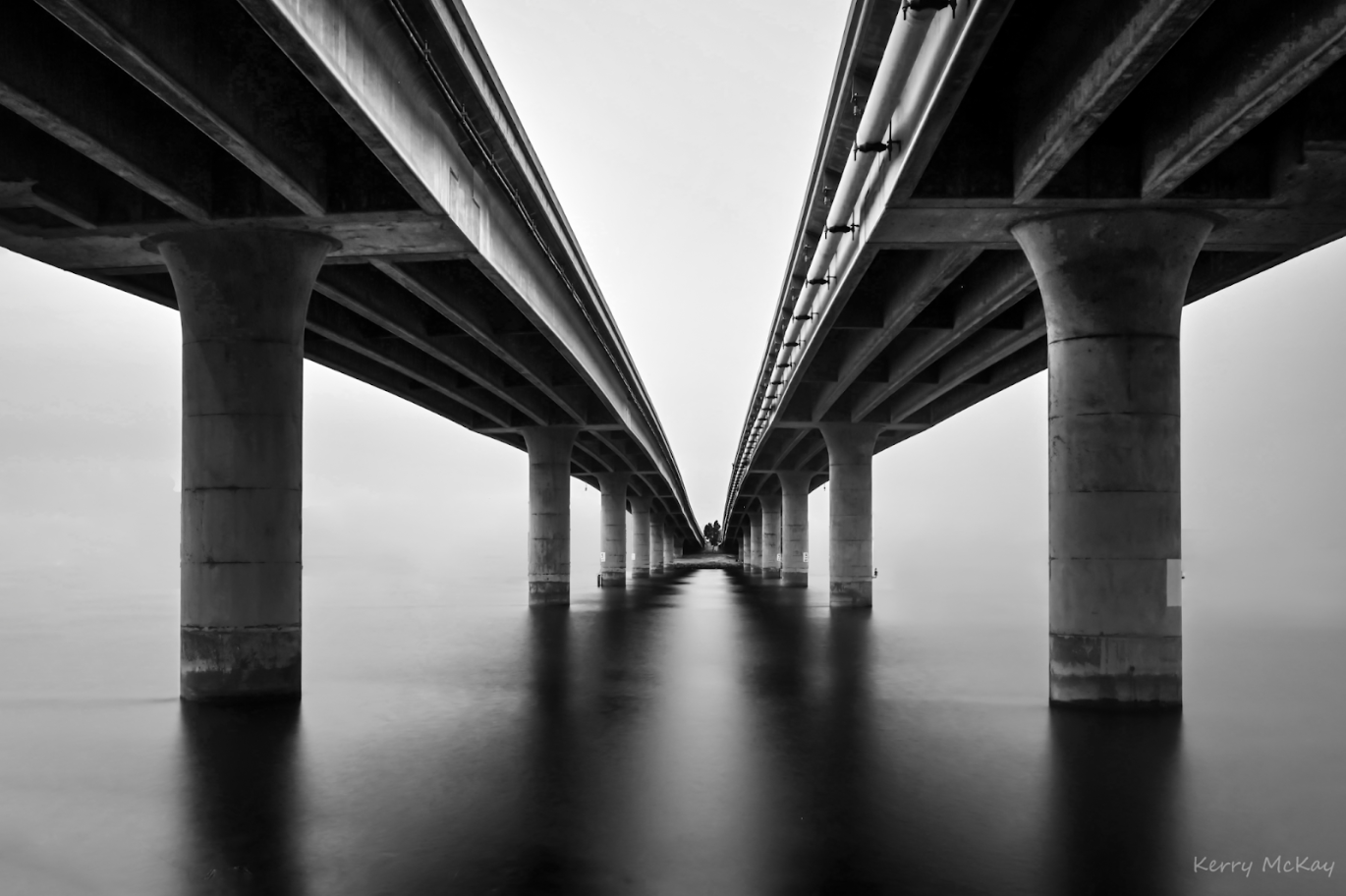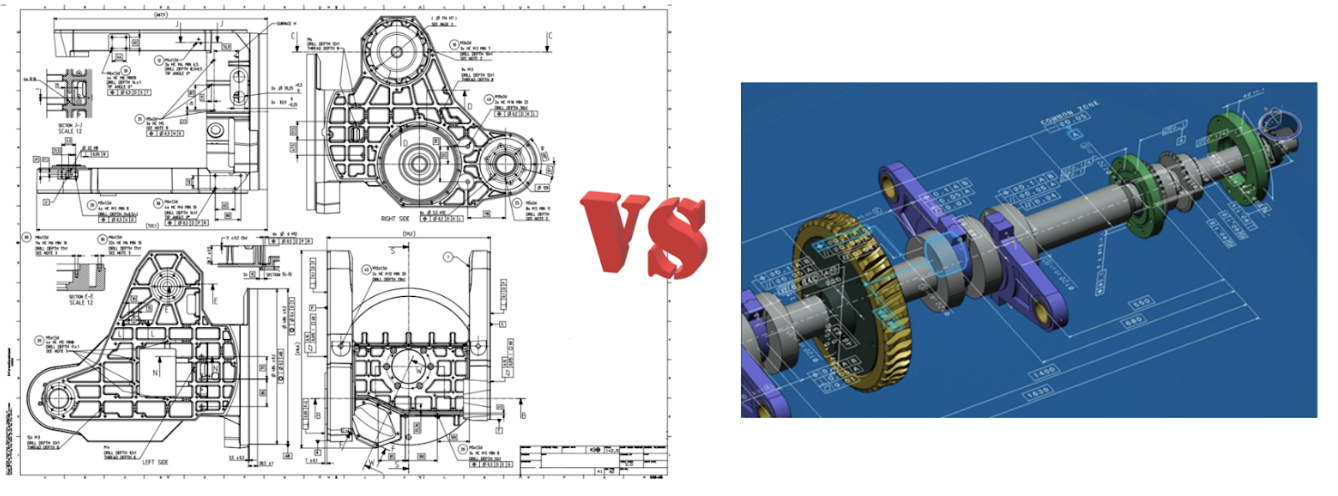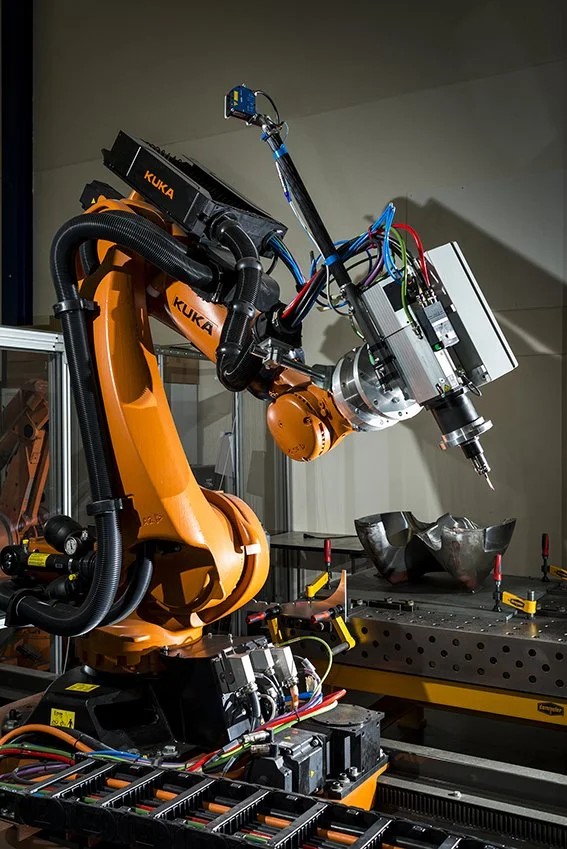Explained: Engineering Photography
For most, engineering seems radically different from anything artistic. However, photography and engineering often intertwine. Photography can be an exciting hobby for those with a technical and analytical eye, a powerful tool to showcase innovative designs and technological breakthroughs, and, of course, engineers are the very innovators behind new cameras and camera equipment. Moreover, photographs and images are an extremely efficient means of communicating information in the digital age, so learning how to express engineering concepts and products through imagery is a powerful method for spreading innovation.
Figure 1: An engineering photograph of binoculars that utilizes techniques in digital printing to emphasize color [1].
Photography Fundamentals
There are dozens of basic rules for photography that apply to engineering photography. It’s important to understand the functionality of a camera, such as how to modify exposure with ISO, shutter speed, and aperture [2]. There are core principles such as balance, contrast, and perspective [3]. As engineers generally work in 3D, it is critical to explore the concept of form and learn how to give an image depth [4]. There is also the all-important rule of thirds to remember [5]. There are even considerations of pattern and rhythm [6]. Though these are important, engineering photography pushes beyond them.
Scientific Creativity
Engineering is inherently creative, though it involves much rigor and methodical processes. Photography takes the scientific background of engineering and merges it with a departure from standard procedures. It connects theory and mathematics to the real world, exemplifying engineers’ curiosity and patient willingness to iterate.
Figure 2: A contest-winning engineering photograph [7].
Some may find photography to be a means to stimulate their own creativity [8]. For engineers whose careers are more aesthetics-oriented, photography can open eyes to possibilities in visual engineering. On the other hand, photographing engineering products can also aid in decomposition, allowing one to see the overall project from the perspective of each part and the greater whole.
Figure 3: An engineering photo exploring an atypical view of a bridge [1].
Using Photography to Communicate
Engineering photography is a practical skill. When engineers design new products and solutions, it becomes critical for them to communicate prototypes and finalized products. Being able to distribute professional imagery can be a huge boon for startups, while individual engineers can gain more attention for their products when they are presented in ways that highlight important details. Photography is essential for product development [9].
Figure 4: Photos of products after prototyping was completed [9].
Engineering is everywhere, but for those who do not have a technical perspective, its presence may not be so obvious. Hence, photography increases engineering outreach, which can be so critical for many companies that it can even become someone’s career [10]. MIT had a class on scientific and engineering pictures, teaching students “to think graphically and present… photographs for journal figures, covers, and grant submissions,” which can be especially vital for engineers in research [11]. People can be inspired and excited when they can visualize a product beyond an engineering drawing or words on a paper; beyond photography, this can include 3D modeling and rendering, to which photography principles certainly apply.
Figure 5: A graphic from a LinkedIn post highlighting the superior qualities of 3D rendering to simple 2D engineering drawings [12].
Picking Up the Camera
Engineers have unique potential with a camera. With natural creativity and a subject matter vastly different from most photographers, engineers are poised to show the world the technological marvels that keep our world running. Whether you are looking for a creative side project or seeking to better help others understand your ideas and products better, engineering-focused photography – as well as 3D modeling and rendering – can be your next skill to increase your engineering potential.
Figure 6: A complex system such as this robotic arm is often better understood as a whole with a professional engineering photo [13].
References
[1] "Engineer Photographers." Novo Engineering, novoengineering.com/news-blog/engineer-photographers/.
[2] Murthy, Clare. "The Three Basic Principles of Photography." Clare Murthy Photography, 2017, claremurthy.com/blog20175the-three-basic-principles-of-photography/.
[3] "Principles of Design in Photography." MeFOTO, mefoto.com/principles-of-design-in-photography/.
[4] "Back to Basics: 10 Composition Rules in Photography." Depositphotos Blog, blog.depositphotos.com/back-to-basics-10-composition-rules-in-photography.html.
[5] "The Rule of Thirds." Adobe Creative Cloud, adobe.com/creativecloud/photography/technique/rule-of-thirds.html.
[6] "Principles of Design in Photography." ExpertPhotography, expertphotography.com/principles-of-design-photography/.
[7] Worpole, Paul. "Engineering Photography Industrial." Paul Worpole Photography, paulworpole.com/engineering-photography-industrial/.
[8] "How Photography Helped Me to Be a Better Software Engineer." Primal Skill, primalskill.blog/how-photography-helped-me-to-be-a-better-software-engineer.
[9] "Using Your Camera in Product Development." BYU Design Review, designreview.byu.edu/collections/using-your-camera-in-product-development.
[10] "Photographic Engineer." IES Career Center, careercenter.ies.org/career/photographic-engineer.
[11] "RES.10-001 Making Science and Engineering Pictures: A Practical Guide to Presenting Your Work (Spring 2016)." MIT OpenCourseWare, ocw.mit.edu/courses/res-10-001-making-science-and-engineering-pictures-a-practical-guide-to-presenting-your-work-spring-2016/.
[12] Gabrielsson, Per. "2D Drawing vs Annotated 3D Model." LinkedIn, linkedin.com/pulse/2d-drawing-vs-annotated-3d-model-per-gabrielsson/.
[13] "The Importance of Mechanical Systems." Open Access Government, openaccessgovernment.org/importance-mechanical-systems/33511/.
To cite this article:
Conover, Dylan. “Explained: Engineer Photography.” The BYU Design Review, 28 July 2025, https://www.designreview.byu.edu/collections/explained-engineering-photography.











